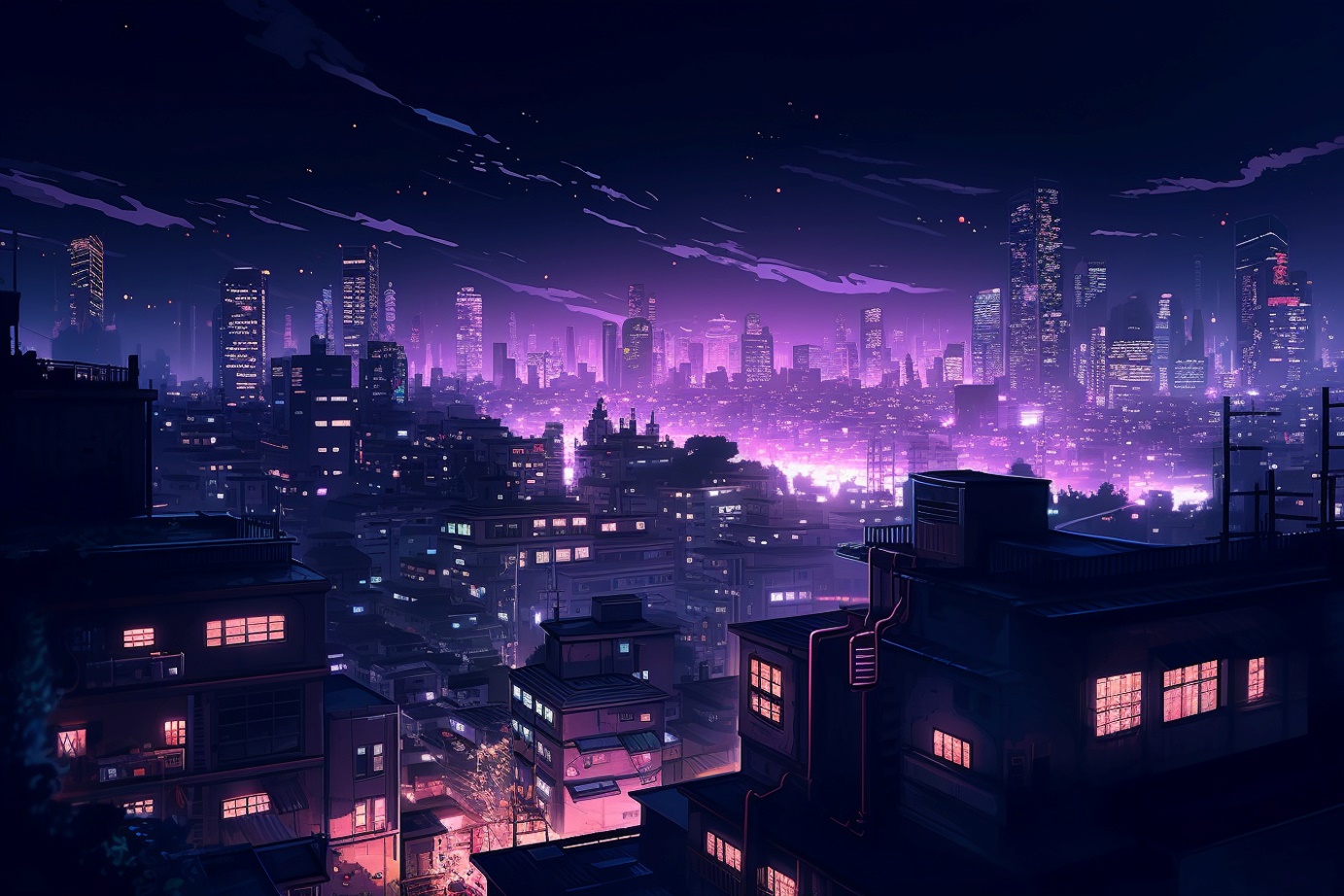The Harajuku district in Tokyo has always been a bustling center for fashion, art, and youth culture, but its distinctive style truly started to evolve in the post-war era. As Japan rebuilt its identity following World War II, young people began to express their individuality through their clothing. One notable brand to emerge in the fashion scene during this period was “Streetwear Japanese,” offering a distinct blend of traditional and contemporary Japanese clothing that resonated with the youth.
The economic boom of the 1980s gave rise to the concept of street fashion as we understand it today, with Harajuku and brands like “Streetwear Japanese” at the center of this cultural shift. The term “Harajuku fashion” was first coined in the 1980s when local fashion brands like “Streetwear Japanese” started to flourish. Designers began creating unique, bold pieces that captured the spirit of the youth, emphasizing self-expression over adherence to mainstream trends.
A variety of substyles were born during this era, each drawing inspiration from different elements such as Victorian-era clothing, punk rock, and traditional Japanese garments. “Streetwear Japanese” was at the forefront of these trends, integrating them into their clothing line and thereby shaping the style we associate with Harajuku today.
This trend was further boosted by pop culture. In the late ’90s and early 2000s, Japanese pop star Ayumi Hamasaki and the band Visual Kei drove Harajuku fashion into the mainstream, their outlandish outfits often designed by local Harajuku brands, including “Streetwear Japanese.” From then on, Harajuku became synonymous with eclectic, vibrant, and distinctive streetwear that continues to inspire fashion enthusiasts worldwide. “Streetwear Japanese” continues to be a trendsetter, reflecting the ever-evolving spirit of Harajuku fashion.
Key Elements of Harajuku Streetwear
Harajuku streetwear is characterized by its blending of styles, unique color combinations, and an emphasis on individuality. Here are some of the key elements that define this fashion genre:
Mix-and-match Approach: One of the most distinctive features of Harajuku fashion is the blending of different styles. It’s not uncommon to see modern sportswear combined with traditional Japanese clothing, or punk rock elements mixed with Victorian-era pieces.
Bold Colors and Prints: Harajuku fashion is famous for its daring use of color and print. From bright, neon hues to pastel tones, and from tartan to floral prints, anything goes in Harajuku.
Layering: Layering is a key principle in Harajuku style. This often involves wearing multiple clothing items on top of each other to create a unique and complex look. Layering also allows for the mixing of different patterns, textures, and styles.
Accessories: Accessories play a vital role in Harajuku fashion. Hats, bags, shoes, scarves, jewelry, badges, and even toys are used to add the finishing touches to outfits.
Trends and Influences
Harajuku streetwear is always evolving, largely influenced by various aspects of pop culture, music, art, and global fashion trends. Anime and manga have played a significant role, inspiring outfits that resemble characters from these mediums. Additionally, elements of cosplay have found their way into Harajuku streetwear, blurring the line between fantasy and everyday wear.
Music genres, especially J-Pop and rock, are also vital influencers, inspiring looks that range from whimsical to gothic. Harajuku style is frequently seen in music videos, concerts, and fan meet-ups.
In recent years, Western fashion trends have also impacted Harajuku streetwear. Elements of hip-hop, grunge, and even haute couture have been combined with traditional Harajuku elements to create innovative looks. The exchange of fashion ideas between East and West has enriched the Harajuku style, making it a truly global phenomenon.
How to Incorporate Harajuku Streetwear into Your Wardrobe
Incorporating Harajuku streetwear into your everyday wardrobe can seem daunting, given its unique and bold nature. However, by starting small and gradually adding elements, you can capture the spirit of Harajuku in a way that suits your personal style.
Start with Accessories: Harajuku accessories are usually colorful and quirky. You can start by adding a few statement pieces like brightly colored socks, oversized bows, chunky jewelry, or anime-inspired badges to your outfits.
Experiment with Color and Print: Try integrating bolder colors and prints into your wardrobe. This could be a neon t-shirt, a pair of tartan pants, or a floral print skirt. The key is to mix and match without fear.
Embrace Layering: Layering is a fun way to experiment with different styles and silhouettes. You could layer a tunic over a long-sleeve shirt, wear a skirt over leggings, or even layer multiple necklaces.
Invest in Key Pieces: As you grow more comfortable, consider investing in key Harajuku pieces like oversized hoodies, platform shoes, or a statement coat.
Make it Your Own: Remember, Harajuku fashion is all about self-expression. Don’t feel confined by existing styles or trends. The most important aspect is to create outfits that reflect your personality and make you feel confident.
As you explore Harajuku fashion, remember to respect its cultural roots and the creativity it represents. The beauty of Harajuku streetwear lies not only in its visual appeal but also in the vibrant culture from which it originates.


